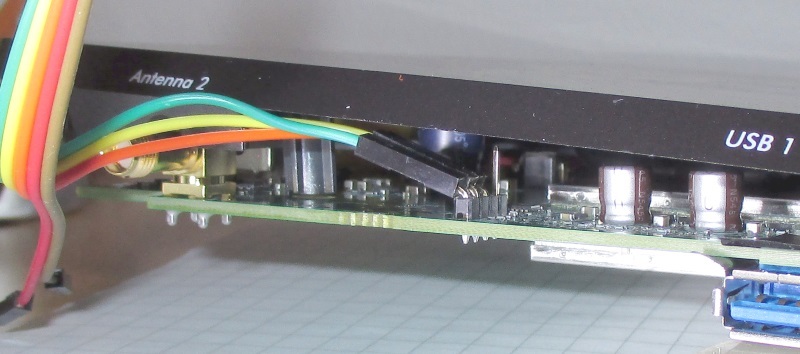After looking for a new device in Next router? ath10k or mwlwifi based? something else? thread, I decided on Netgear R7800. I started exploring the new device a week ago and wrote my first comments to that thread, but it is probably better to have a new device-specific thread.
Netgear R7800 is a dual-core 1,7 GHz AC2600 router based on IPQ8065 SoC and QCA9984 wifi. (iox806x target and arm_cortex-a15_neon-vfpv4 packages in LEDE)
Some notes on the current support in OpenWrt (updated in Aug 2018, valid in Apr 2020):
Most normal functionalities are ok:
- Flashing via OEM GUI works (questionable, you might need TFTP)
- Sysupgrade works
- USB ports work
- LEDs work, also ath10k wifi LEDs in 18.06 and master
- CPU frequency scaling works. Both cores scale independently between 384 - 1700 MHz according to CPU load.
- Software NAT flow offloading with kernel 4.14 (master, 18.06)
- Note: eth0 and eth1 are swapped compared to earlier Openwrt practice, so SQM etc. configs need checking.
What does not work / work in progress:
- Hardware NAT (and hardware offloading)
- Native qca8k hardware switchdriver. Work in progress (by blogic)
- Note that all network (eth0, eth1, wlan0, wlan1) IRQs are assigned to core0 by default. With gigabit-style connections, performance benefits be obtained by distributing the IRQs more evenly to also core1. See also irqbalance
EDIT: May 2018
kernel 4.14 in master and 18.06 branches
Kernel 4.14 requires a larger flash space for kernel than earlier. Due to this, TFTP flashing is needed once when you move into kernel 4.14 based firmwares. Sysupgrade works normally after that. TFTP flashing needs to be used to move between these two groups:
- kernel 4.4 or 4.9: 17.01, old master builds (<r7000), plus the quite earliest 18.06 builds
- kernel 4.14: new master builds (>r7000), new 18.06 builds
You need TFTP flash once here, if you upgrade/downgrade from one group to the other group. Sysupgrade works normally inside each of those groups.
R7800 has a TFTP recovery mode in the u-boot bootloader.
Details at message 5 of this thread: Netgear R7800 exploration (IPQ8065, QCA9984)


